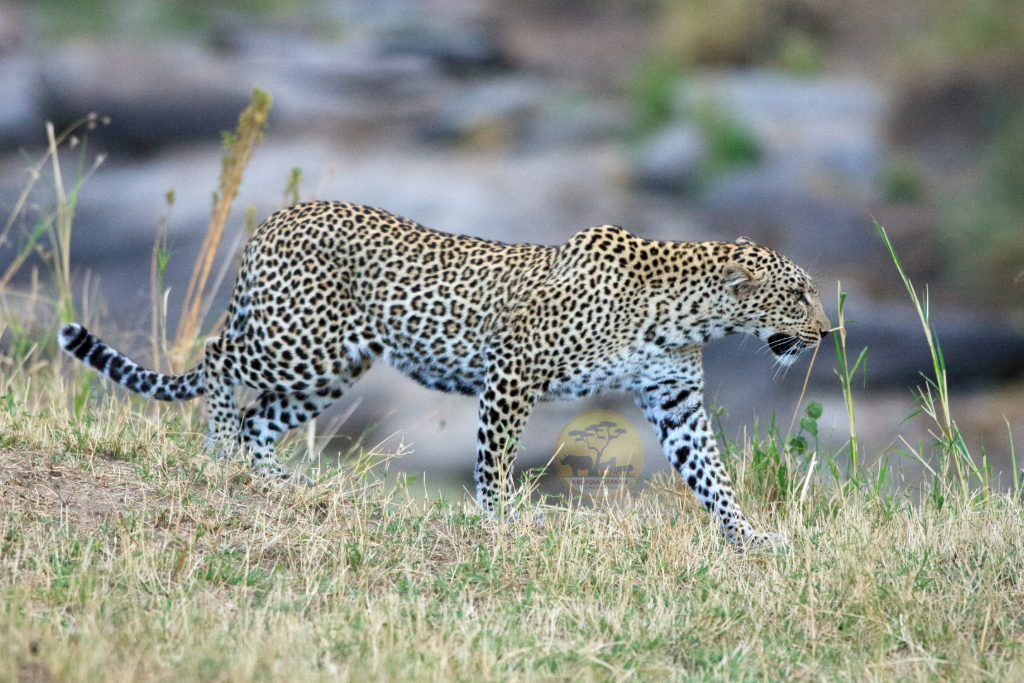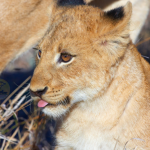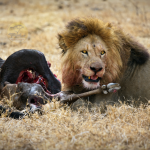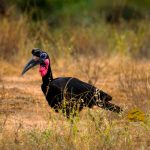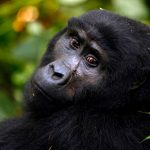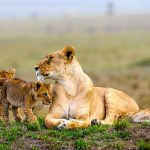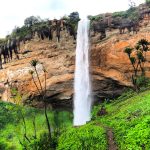The Gestation Period of a Leopard: A Closer Look at Leopard Reproduction and Maternal Care
Gestation Period of a Leopard; With their grace and stealth, leopards are some of the most intriguingly large wild cats. The leopards are known to be very adaptive, great hunters, and with their beautiful coats; however, there is more to these elusive animals than may meet the eye. One of the most intriguing features in the life of a leopard is its reproduction cycle, particularly the gestation period and the care of the cubs by the mother.
Mating and Breeding Patterns in Leopards.
Leopards can breed throughout the year, as they do not have a mating season. In regions where there is marked seasonality of the year, however, most leopard mating take place in the period just before the rainy season; This is because this timing of breeding allows the birth of cubs to occur at times when food is relatively plentiful.
This condition usually sets in for 7-10 days, after which the female leopard advertises for a mate through vocalization and scent marking; Within this given period, she may be able to mate a number of times since male leopards always stick close to the female and set up temporary territories that keep other males away from her. Finally, after successful copulation, fertilization takes place, marking the beginning of the leopard’s gestation period.
The Gestation Period: Duration and Development.
The gestation period of a leopard normally takes up to 90 to 105 days, or three and half months. In that period, the fertilized eggs implant themselves in the uterine walls, and the developing embryos grow rapidly. Unlike certain animals, such as marsupials, in which offspring are developed outside of the womb, leopards are among the types of mammals that develop internally, their cubs enjoying the resources of the mother until birth.
This is a relatively short gestation period considering some of the other larger predators, and allows the female leopard an earlier recovery and return to mating readiness. On the other hand, leopard cubs are born underdeveloped, blind, and completely dependent upon their mother.
Preparing to Give Birth: Gestation Period of a Leopard.
At the end of the pregnancy period, the mother leopard finds a suitable denning site. She normally prefers the cover of rock clefts or thick bush clumps, where burrows may serve as a place to give birth in fairly safety from natural predators. The den will be a nursery for the first weeks of the cubs’ life and protect them from larger carnivores that include lions, hyenas, and even other leopards that might turn to be a threat.
Birth of the Leopard Cubs.
She gives birth to 1-4 cubs at a time, but the most usual number of cubs is 2 or 3. Small cubs weighing 1-2 pounds are completely dependent on their mother. The cubs cannot open their eyes, and movements are limited; therefore, they are helpless and depend on the cover of the den to survive the first weeks of their life.
They open their eyes after about 7-10 days and by two weeks old they are starting to go outside of the den and explore their surroundings, although they still spend most of their time in the den.

Maternal Care: The First Few Weeks.
The cubs of leopards are most vulnerable during the first few weeks after birth. The mother invests a huge amount in the upbringing of her cubs. She leaves them only when absolutely necessary in order to go out and hunt, returning frequently to nurse them and check upon them; She tries to keep her hunting trips as short as possible, where she can, trying to stay close to the den in order to minimize the time she spends away.
The mothers are very caring; they often change the cubs from one den to another for fear that their smell might attract other predators. This shifting and labor denote a mother’s commitment to the security of her cubs and their possibility of survival.
Growth and Development of Young Cubs.
At around 6-8 weeks, leopard cubs start joining their mother on hunting adventures. Of course, they are not big enough to participate just yet, but the idea is that they need to learn the technique of how she manages to hunt and all that. It is at this stage that one may say the cubs’ journey toward self-sufficiency begins.
As the cubs grow, their mother teaches them different aspects of hunting and survival, including stalking, pouncing, and hiding from predators; Over the course of the ensuing months, the cubs will refine this coordination and begin to attempt hunting small prey under the tutelage of their mother.
Weaning and Independence: Gestation Period of a Leopard.
Leopard cubs are usually weaned at the age of 3 months, but they usually continue to be with their mother and depend on her for food; Around 12-18 months, they begin to be independent, although this can vary depending on individual leopard circumstances and environmental conditions, such as the availability of prey.
Young leopards take ample time to reach adulthood since they stay within the territory of their mother while learning to get a territory in life, which is very slow; That is one of the reasons the dependency period develops into independency quite gradually, and this gives the cubs ample chances of learning and mastering the art.
Threats to Survival: Gestation Period of a Leopard.
Early life for a leopard cub is precarious. The mortality rate of cubs tends to be high because of predation and competition. Some of the more usual threats to their survival come through lions and hyenas since both kill the cubs whenever possible. Besides predation, there is always natural starvation, disease, and environmental hazards affecting their survival rates. Only about 40-50% of leopard cubs reach adulthood.
Maternal Legacy: Gestation Period of a Leopard.
Such is the effort of a mother leopard in bringing up her cubs. Those that survive the first months of their most vulnerable time grow into expert hunters and solitary, able to navigate most diverse environments; It is this adaptability and this nurturing care in the early stages that make leopards one of the most resilient big cats in the wild.
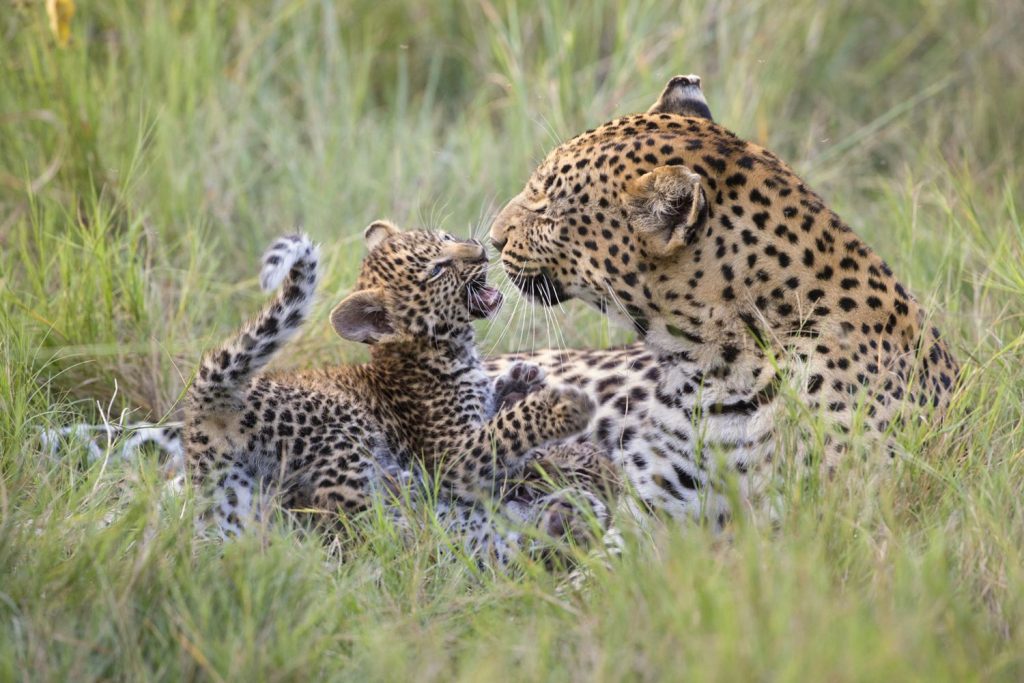
Our Remarkable Packages to See Leopards on a Safari in Africa.
22 Days Best of Uganda Wilderness Adventure
18 Day Exploring Uganda Safari
14 Days Uganda and Kenya Wildlife Safari
14 Day Uganda-Rwanda Wildlife and Primates Safari
10 Day Highlights of Uganda Safari
9 Day Kenya Wild Safari Adventure
8 Day Gorillas-Chimps and Big Five Experience
8 Day Best of Tanzania Wildlife Safari
7 Day Kenya Wildlife Safari Tour
6 Day Gorilla Trekking and Queen Elizabeth
5 Day Serengeti and Lake Manyara Safari
5 Day Maasai Mara and Lake Nakuru Safari
4 Day Tanzania Wildlife Safari
3 Day Best of Akagera National Park
3 Day Ngorongoro Magical Adventure
Remarks on the Gestation Period of a Leopard.
From pregnancy to independence, a leopard’s journey is an illustration of complexities and challenges towards life in the wild. It is a statement of the resilience and commitment this remarkable creation has. Each successful birth and survival into independence is a victory itself, adding to the continuity of this iconic species and to the balance of ecosystems in which leopards play a crucial role as apex predators.


